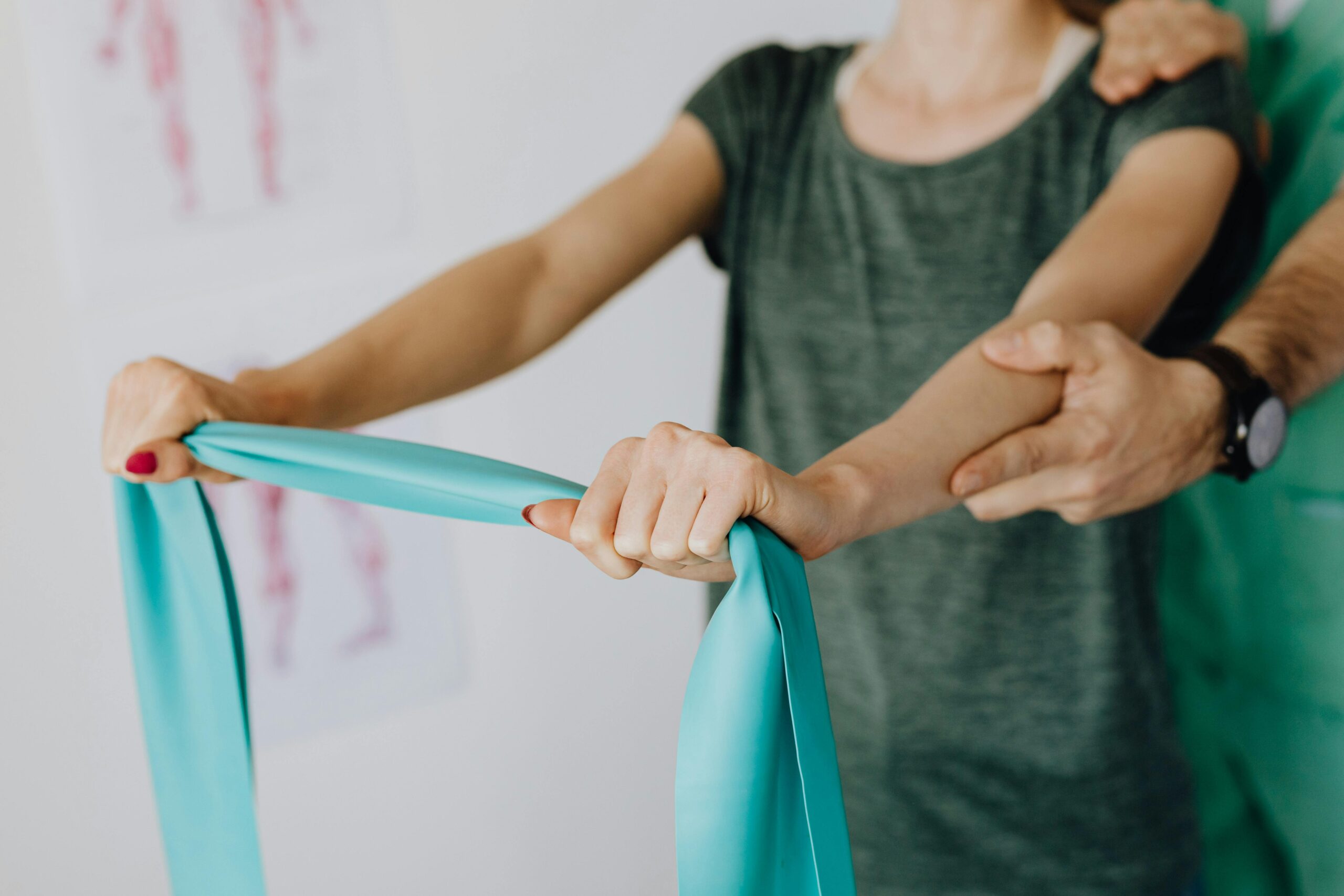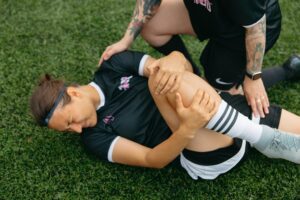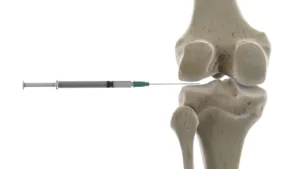Undergoing orthopaedic surgery, whether it’s a knee replacement, ACL reconstruction, or rotator cuff repair, is a significant step towards regaining your mobility and quality of life. The surgery itself is just one part of the journey; a successful outcome largely depends on what happens after surgery – your dedication to recovery and rehabilitation. We believe in end-to-end care and are committed to guiding you through every phase of your recovery with compassion and expertise.
Immediate post-operative phase
The first 1-5 days after your surgery are focused on managing pain, ensuring your safety, and initiating early mobilisation.
- Pain Management: A comprehensive pain management plan will be implemented, which may include regional nerve blocks and regular oral medication, to keep you as comfortable as possible. Your pain levels will be closely monitored.
- Early Mobilisation: Even hours after surgery (e.g., for total knee replacement or knee arthroscopy), you will often be encouraged to start gentle movement or even stand and walk with assistance. This early mobilisation is crucial for preventing complications like blood clots and for starting the healing process. You will see a Physiotherapist who will instruct you regarding initial home-based exercises.
- Wound Care: You’ll receive clear instructions on how to care for your surgical wound, including dressing changes and signs of potential infection.
- Discharge Planning: Your expected hospital stay will be provided prior to surgery and you will be given written advice regarding transport home and follow-up appointments. Any required medical certificates will also be provided.
Early recovery at home (Weeks 1-6)
Once you’re home, this phase is about protecting the surgical site while gradually increasing activity and commencing structured rehabilitation.
- Continued Pain Management: While surgical pain will decrease, some discomfort is normal. Continue to manage pain as advised by Dr Richmond….remember Ice is your friend!
- Protection and Weight-Bearing: You will likely need to use assistive devices (crutches for knee surgery like ACL reconstruction, or a sling for shoulder surgery like rotator cuff repair). Strict instructions on weight-bearing, knee brace use or arm use restrictions must be followed to protect the healing tissues.
- Commencing Physiotherapy: This is a critical period for physical therapy. Your physiotherapist will guide you through exercises designed to:
- Reduce swelling.
- Regain range of motion (e.g., bending your knee after a full knee replacement).
- Begin gentle strengthening exercises.
- Daily Activities: Gradually reintroduce light daily activities as tolerated and advised by your physiotherapist. Avoid heavy lifting, strenuous activities, or awkward movements.
Intermediate recovery (Weeks 6-12 and beyond)
This phase sees a significant increase in your activity levels as healing progresses and strength improves.
- Progressive Strengthening: Your physiotherapy program will become more intensive, focusing on strengthening the muscles around your joint. For instance, after a robotic knee replacement, you’ll be working towards walking further and regaining specific muscle control.
- Balance and Proprioception: For lower limb surgeries, balance exercises become increasingly important to improve stability and confidence in movement.
- Return to Modified Activities: You may be able to return to some recreational activities, but contact sports or heavy labour are usually still off-limits.
- Monitoring Progress: Regular follow-up appointments with your orthopaedic surgeon will monitor your progress, check the healing, and adjust your rehabilitation plan as needed.
Long-term recovery and beyond (months 3-12+)
Full recovery can take many months, sometimes up to a year or more, depending on the complexity of the surgery and your individual factors.
- Optimising Function: This phase is about maximising your strength, endurance, and overall function. Continue your home exercise program and potentially advanced physical therapy sessions.
- Return to Full Activities: Your orthopaedic surgeon and/or physiotherapist will advise when it’s safe to return to all desired activities, including demanding sports or work. This is a gradual, criteria-based process rather than a time-based one.
- Maintaining Joint Health: Continue with a regular exercise routine and maintain a healthy lifestyle to support the long-term health of your operated joint and overall well-being.
Follow-Up: Dr Richmond endeavors to balance the benefits of long-term follow-up with the time and cost implications for patients. If following discharge to the care of your GP, you develop new concerns, Dr Richmond will happily arrange a review in a timely manner.
Our patient-centred approach ensures you are supported at every step of your recovery. To discuss your orthopaedic condition and the recovery journey, Request a Consultation with Dr Richmond.




